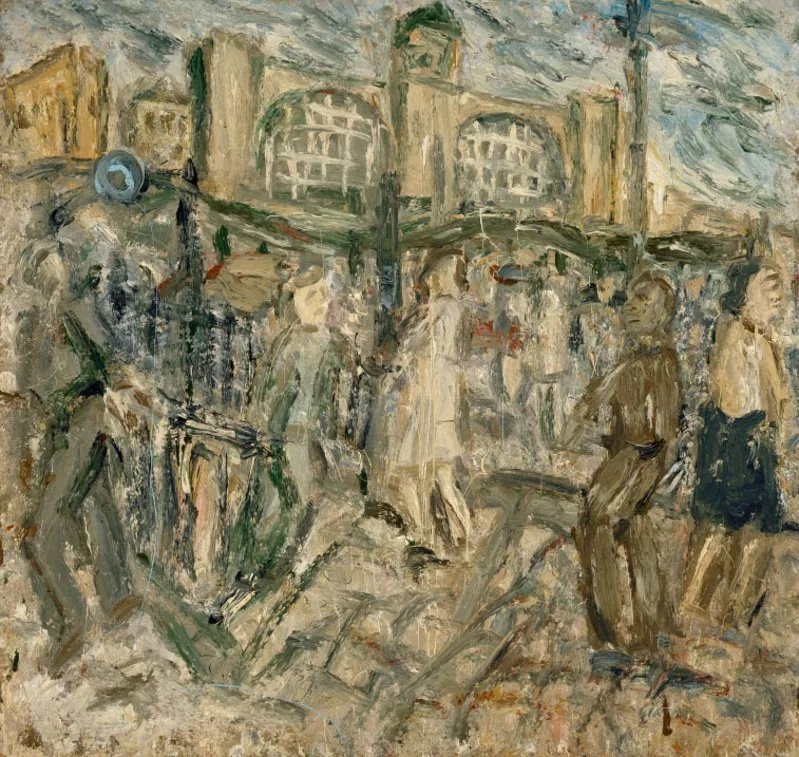Swords to Sculpture
26 August 2021
When the demand for samurai swords declined after the Meiji Restoration, artisans turned their skills to decorative objects, and the era was marked by exceptional workmanship.
Billy Jobling
Billy Jobling is Senior Writer and Researcher in the Post-War and Contemporary Art department at Christie's, London.
Silvered bronze Tanuki in the guise of a priest, signed Gyoko, Meiji period. W: 33.5cm H: 18.5cm D: 24cm
Image courtesy of Laura Bordignon.
In 1868, the Emperor Meiji ascended to the throne of Japan. Reigning until his death in 1912, he oversaw a period of extraordinary social, political and artistic change. Prompted in part by the gunboat diplomacy of the United States, this new era brought an end to the Tokugawa shogunate that had governed since the early seventeenth century, and the transformation of Japan into a modern market economy. The policy of sakoku—which had threatened entering foreigners (as well as exiting nationals) with the death penalty—was lifted. Japan, isolated for more than two hundred years, was opening up to the world.
The Meiji Restoration initially spelled disaster for the country’s metalworkers. These artisans had long relied on the patronage of the samurai, the elite military class who administered the shogunate’s provinces on behalf of powerful feudal lords. Demobilised and gradually abolished by the Meiji government, the samurai were prohibited from carrying swords in public. The demand for weapons, armour and other accoutrements of noble households went into a steep decline.
As Japan developed its relationship with the wider world, however, new opportunities emerged. In 1867, the country presented its first ever pavilion at the Exposition Universelle in Paris. The paintings, prints, swords, screens, and sculptures on display—entirely novel to most European viewers—sparked a frenzy of interest. Foreign diplomats and advisors invited to Japan early in the Meiji years were equally impressed by the art they saw. Turning their skills to decorative objects, the craftsmen who had lost their samurai clients now found themselves at the centre of a flourishing export market.
Meiji period rotating bronze and mixed metal vases, circa 1880, H: 30in D: 16in.
Image courtesy of Wick Antiques.
With the combination of imperial support, an eager new audience and unfolding creative freedom, Meiji-era art reached great heights of technical and artistic sophistication. To this day, says Charles Wallrock of Wick Antiques, it’s the superior workmanship that attracts buyers of Meiji bronzes. The most exquisite examples—as seen in the world-leading Khalili Collection, and in some Japanese museums—are beyond the reach of most. Often featuring complex inlays of gold and silver, these creations, Charles explains, ‘take it to another level. They’re just breathtaking.’ Works by masters such as Shoami Katsuyoshi can reach hundreds of thousands at auction.
At the more accessible end of the spectrum, however, the calibre remains appealingly high. Genryusai Seiya, Charles tells me, ‘is a very popular maker, one of the more commercial, but always a sign of quality. The attention to detail is extraordinary.’ Common subjects include animals such as tigers and bears, and human figures from all walks of life—woodcutters, scholars, young boys at play. Ranging upwards from a few thousand pounds, they are typically ‘table-top sized’, and are sought after by decorative buyers in the United States, Russia and China alike.
Apart from a brief dip during the global financial crash of 2008, the market for high-quality bronzes has remained strong, with a recent increase in interest at the top of the range. ‘I’ve got a pair of bronze vases that are very good quality’, says Charles. ‘I love them because they revolve, which makes them different. Those are probably my favourite pieces I own currently, as far as the Meiji period is concerned.’
As Japan negotiated its global identity, cross-cultural currents flowed both in and out of the country. With art students newly able to study overseas, Emperor Meiji encouraged the promotion of Western artistic modes in Japan, most notably in the yoga style exemplified by painters such as Kuroda Seiki; this in turn prompted a reactionary neo-traditional Japanese style known as nihonga. At the same time, the impact of Japanese aesthetics on Western art—for which the nineteenth-century French critic Philippe Burty coined the term Japonisme—was enormous. From intricate enamelwork to the ukiyo-e prints of Hokusai and Kunisada, Japan’s influence resounds throughout the Art Nouveau movement, and in the work of Post-Impressionists including Paul Gauguin and Vincent van Gogh.
A large Meiji period silk embroidery of a sea eagle, circa 1890, H: 73.75in W: 56in.
Image courtesy of Wick Antiques.
The Western craze for Japanese objects continued well into the twentieth century. ‘There were companies through to the 1900s and 1910s doing unbelievable silver and bronze metalware’, says Charles, ‘and even going into the Taisho period, the 1920s.’ Beyond bronzes, countless examples of wood-carving, lacquerware, ceramics and embroidery also stand testament to the era’s remarkable innovation and excellence. ‘Another beautiful thing from the Meiji period was the silk works’, Charles notes. ‘I’ve got one really fantastic one of a sea eagle. The workmanship is just breathtaking, all highlighted in gold thread: you can scarcely believe how somebody could make something so good. They just always seemed to do beautiful things well.’







